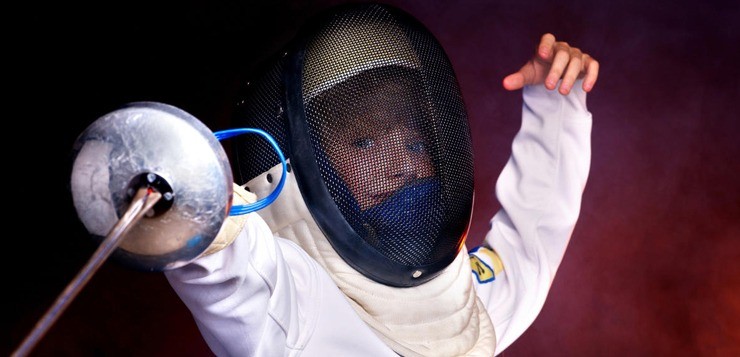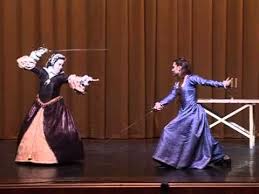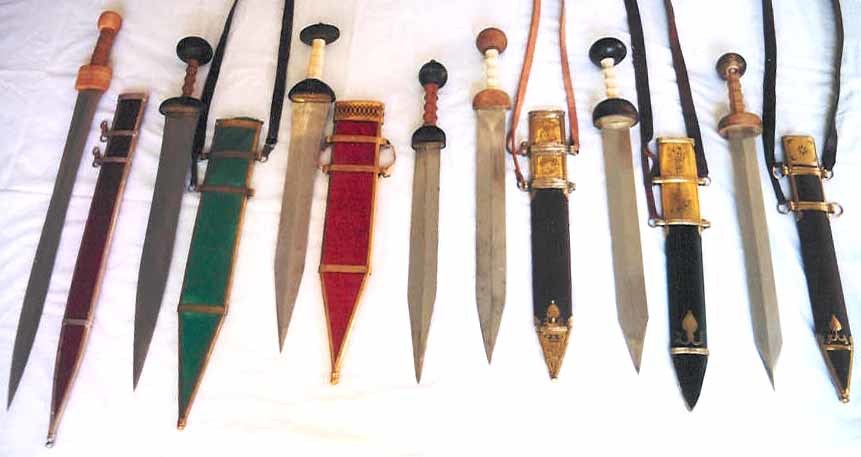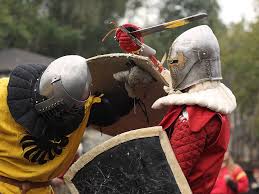AIKIDO
 Aiki-do is a very young martial art, but it embodied the principles and methods that span more than one hundred years. Ueshiba Morihei (1883 – 1969), a descendant of an ancient samurai family from Wakayama Prefecture, is considered the creator of aikido.
Aiki-do is a very young martial art, but it embodied the principles and methods that span more than one hundred years. Ueshiba Morihei (1883 – 1969), a descendant of an ancient samurai family from Wakayama Prefecture, is considered the creator of aikido.
Aiki-do from the very beginning suggests that every person has a certain supply of ki vital energy, concentrated in the center of the hara. This energy can be directed in any direction. Aiki-do uses the principle of controlled control. The enemy is given the freedom to move wherever he wants, but any of his movements is under constant control. Attention does not relax for a second. Translated from Japanese, ah means harmony. This harmony is broken when aggression is manifested. The task of aiki-do is to restore harmony. The aggressive energy of the attacker is first controlled and then transferred to the circle. And then your center becomes a center of neutralization. All tricks in aiki-do are somehow connected with circular paths. Aikido movement in a circle allows you to not only avoid a harsh collision, but also to completely accompany the attacker’s movement. Movements in aiki-do are like a stream of water: soft, supple, but at the same time destroying hard stones. One action as if follows from another. All techniques and movements in aiki-do should be elegant and beautiful. From the very beginning, much attention has been paid to this. These principles are also true at the psychological level. This master sees the consciousness of the enemy and warns all his actions. The technique is practiced during training. But this aiki-do not end there. Aiki-do is both philosophy, and psychology, and physics. Any person can find their self here. You must always remember that aiki-do develops not only physical abilities, but also spiritual qualities. The development of these qualities is facilitated by the special atmosphere in the hall. Constant concentration and unconditional follow-up of the mentor’s instructions during training is required. Only in this case can all kinds of injuries be avoided and results achieved. The study of aiki-do technique begins with the study of the basic stances: hidari-hanmi and migi-hanmi. Feet are located on the line of attack at an angle of 90 degrees to each other. Body weight is evenly distributed on both legs. The back is straightened and the shoulders are laid back. Hands are right in front of you right in the center. The palms are open. The optimal distance for working in pairs when partners lightly touch each other with their fingertips. Movements in aiki-do are a combination of rotational and rectilinear movements. Steps should not be constrained or heavy. Aikidoists should be ready at any time to change direction. The head moves in one horizontal plane. Each intermediate position must be very stable. With any movement, the center of gravity begins to move. The housing always remains upright. There is no competition in classical aiki-do, but kata is practiced: repeated repetition of techniques until they become familiar. Most of the training takes place in working with a partner in order to achieve harmony between them. As a rule, one of the partners attacks (it is called nage), and the other defends (it is called uke). Partners are changing in turn. It is important that the attacking partner carry out their actions sincerely and without fear of falling. A very important point in aiki-do is & ukemi & – the art of insurance. You need to be in constant readiness without much stress and apply insurance at any time.
Currently, there are many styles of Aikido. We restrict ourselves to listing only the main directions that originated from Aikido O-Sensei. This classification is conditional in nature and is intended only to give an idea of the variety of forms of Aikido.
Tomiki Aikido
One of the biggest turning points in Aikido history that occurred during O-Sensei’s life was Kenji Tomiki’s proposal to rationalize Aikido by introducing Kata and competition. Since then, any communication between Tomiki schools and traditional Aikido schools has been interrupted.
Tomiki Aikido was founded by one of the very first students of O-Sensei Kenzi Tomiki. Tomiki-sensei also studied for a long time with the founder of Judo, Jigoro Kano. Tomiki-sensei believed that the “rationalization” of Aikido training in the directions made by Jigoro Kano in Judo would make Aikido easier to learn, especially at Japanese Universities. Moreover, he believed that the introduction of a competitive element should serve to limit and concentrate practice, since there is no better test than a real fight. The latter was the reason for the separation from O-Sensei, who firmly believed that there was no place for competition in Aikido. Tomiki-ryu is characterized by the use of kata (forms) in the study and conduct of competitions, both without weapons and with a rubber knife.




